When the United States entered the Second World War in December 1941, it wasn’t as ill-prepared as it had been when American Doughboys were being sent “Over There” during the First World War. Yet, it would be fair to suggest the U.S. military wasn’t armed with the most advanced equipment of its day. The M1 steel helmet was only introduced in 1940, while many of the United States Marines that went off to fight in the Pacific were armed with the bolt-action M1903 Springfield rifle, as the semi-automatic M1 Garand was still in short supply at that point.
Most of the United States Navy’s aircraft carriers and battleships that brought victory in the Pacific were yet to enter service, and many had yet to be laid down. When it came to combat aircraft, it could be said that the U.S. had some catching up to do.
The Grumman F4F Wildcat was just one example of military hardware that was showing its age.
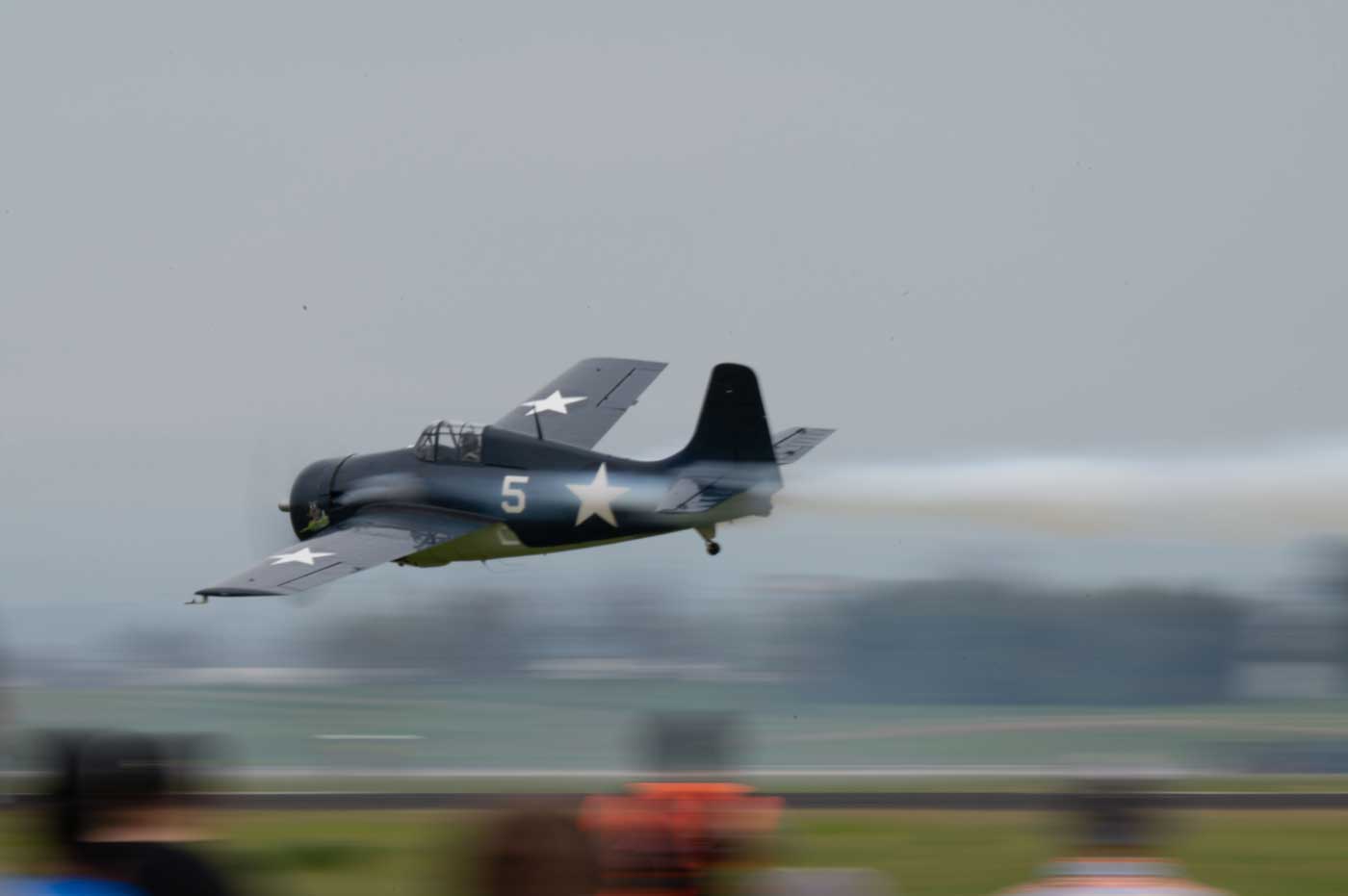
Developed in the 1930s, it was considered the U.S. Navy’s state-of-the-art aircraft in 1940 — a fact that wouldn’t last long. It was neither the fastest nor the most advanced fighter aircraft to see service in the Second World War, yet it managed to get the job done in the dark days after Pearl Harbor. It remained the U.S. Navy and U.S. Marine Corps premier fighter until late 1942.
Wildcat Is Born
One of the most surprising facts about what was to become the Grumman F4F Wildcat is that it began on the drawing board as a biplane, following the successful F3F series of single-seat carrier fighters. This highlights the rapid development that was seen in the years leading up to World War II, and notably, the XF4F-1 was redesigned in the summer of 1936 as a mid-wing monoplane.
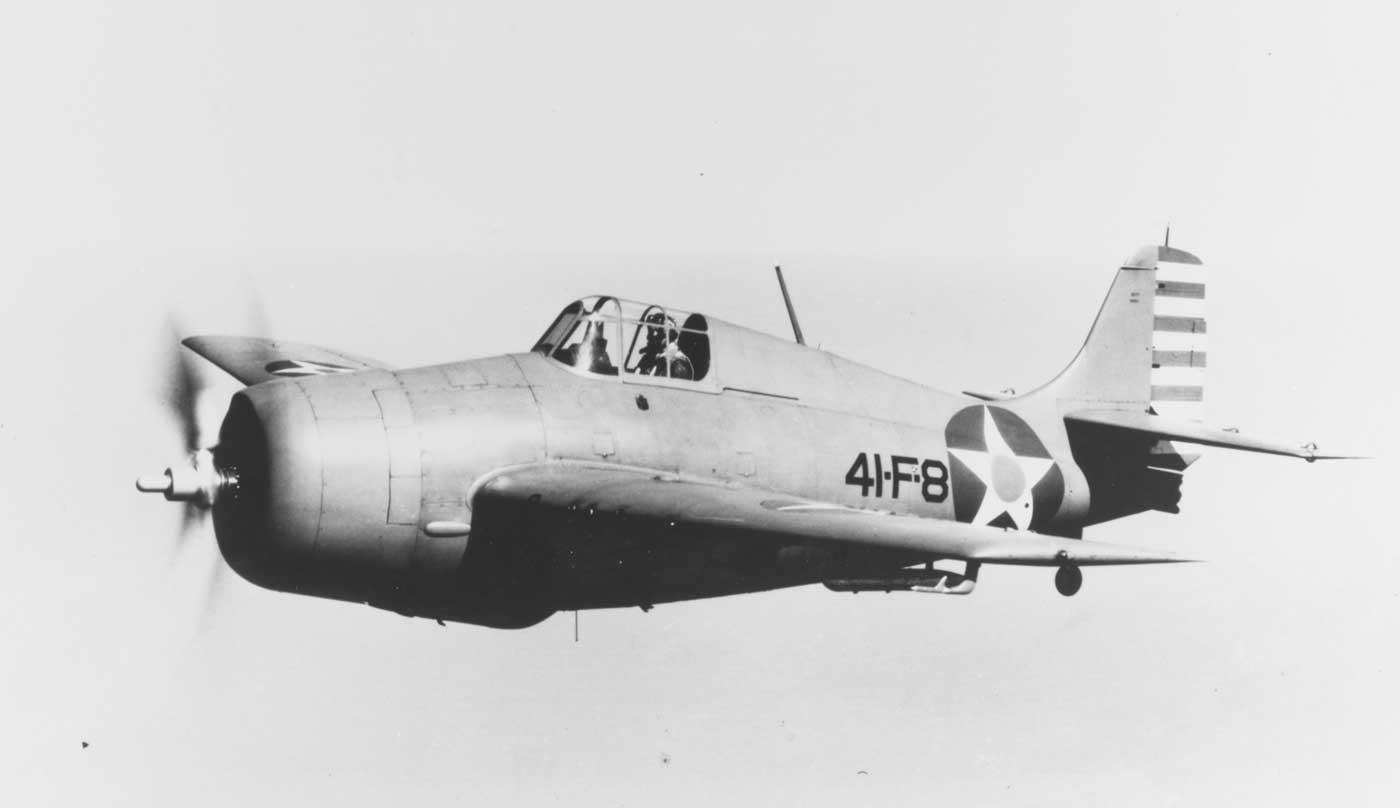
When the U.S. Navy initially selected the Brewster F2A Buffalo instead, the designers at Grumman started anew with the XF4F-3, which was equipped with a more powerful engine, new wings and tail. The redesigned aircraft was a step in the right direction, and in early 1939, the French Aéronavale — the naval air arm of the French Navy — ordered 81 aircraft along with 10 complete airframes as spares, while the U.S. Navy followed with an order of 54 fighters in August of the same year.
Enter the Martlet
The aircraft that were to be bound for France were a fixed-wing carrier-based variant, powered by a Wright R-1820G-205A engine. The French models were also to be armed with two 7.5mm Darnes machine guns in the fuselage and four in the wings. However, the French Aéronavale never received its fighters, as Germany launched its “Blitzkrieg” in the spring of 1940. France fell to Nazi Germany in June.
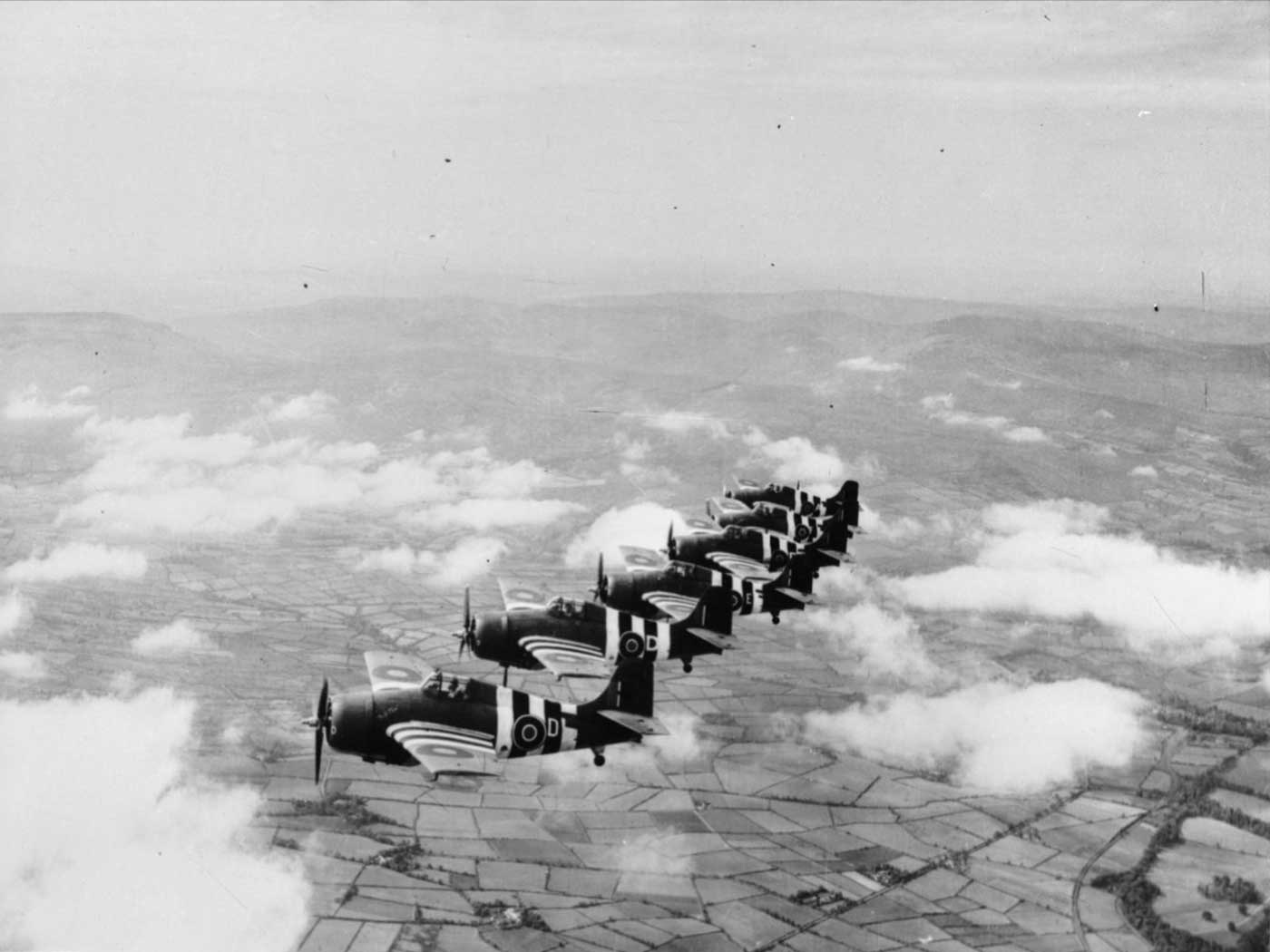
Instead, in August 1940, the aircraft arrived in the UK and was designated the Martlet Mk I, entering service with the Royal Navy’s Fleet Air Arm (FAA), No. 804 Squadron at Hatston, which had been formed the previous November. The Martlet Mk I was outfitted with the superior .50 caliber (12.7mm) AN/M2 Browning machine guns in the wings. Machine guns in the fuselage were deleted. The Martler Mk I replaced the antiquated Sea Gladiators.
The slightly reconfigured fighter had its baptism of fire on December 25, 1940, shooting down a German Junkers Ju-88 Stuka dive bomber off the Orkney Islands north of Scotland.
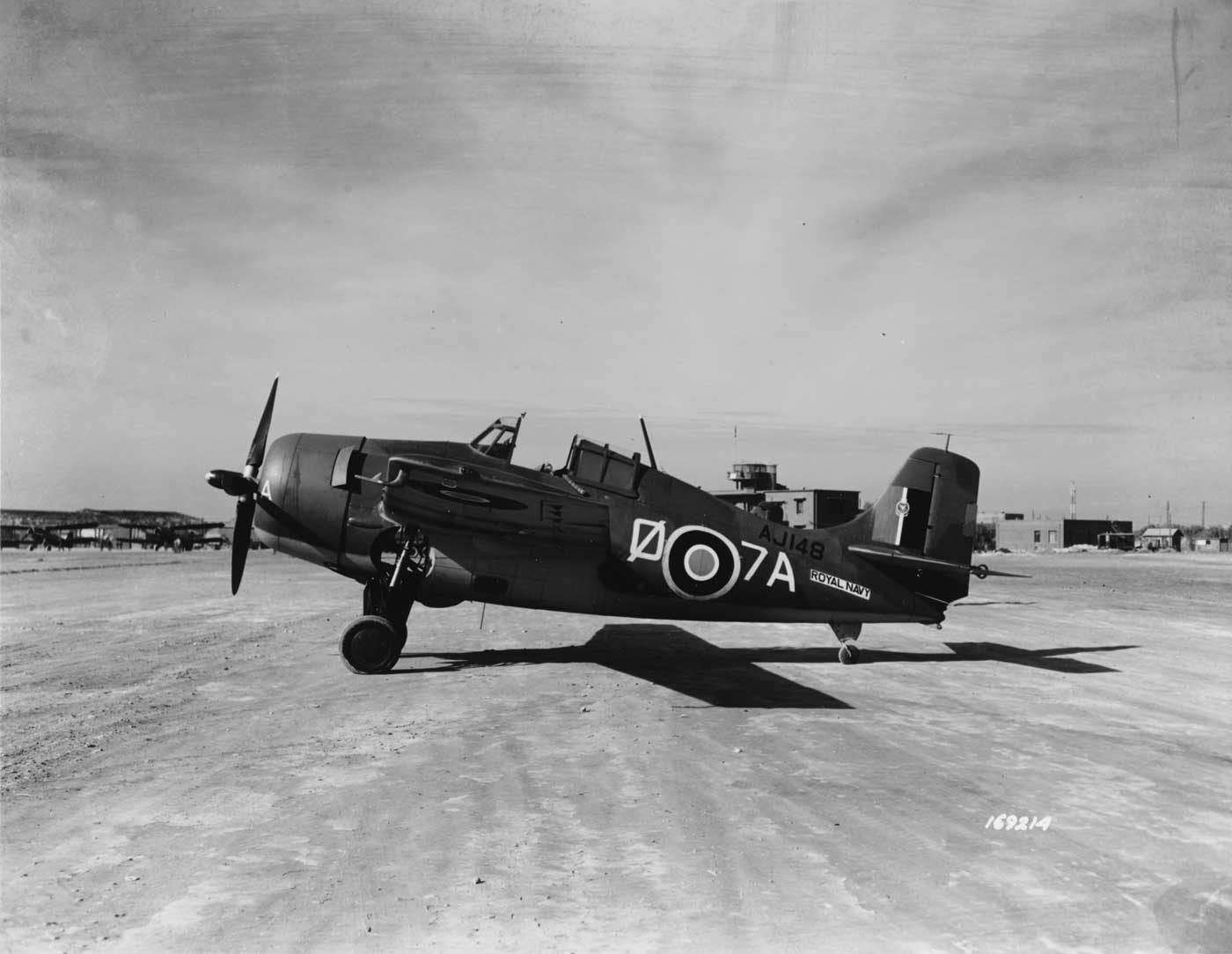
Desperate for aircraft, and perhaps liking what the Grumman F4F had to offer, London ordered an additional 109 folding-wing versions — designated the Martlet Mk II — powered by an F-1830-S3C4-G engine and armed with either British or U.S. machine guns. Confusing matters was that the first 10 to arrive in April 1941 were the fixed-wing variant, and those were subsequently redesignated the Mk III — hence the latter designated aircraft entered service first.
The definitive folding-wing Mk II aircraft were finally delivered between August 1941 and early 1942. However, not all went to Europe. Seeing the clouds of war on the horizon over the Pacific, just three dozen were delivered to the UK, while 54 went to Karachi (modern Pakistan) or China Bay for service in the Far East.
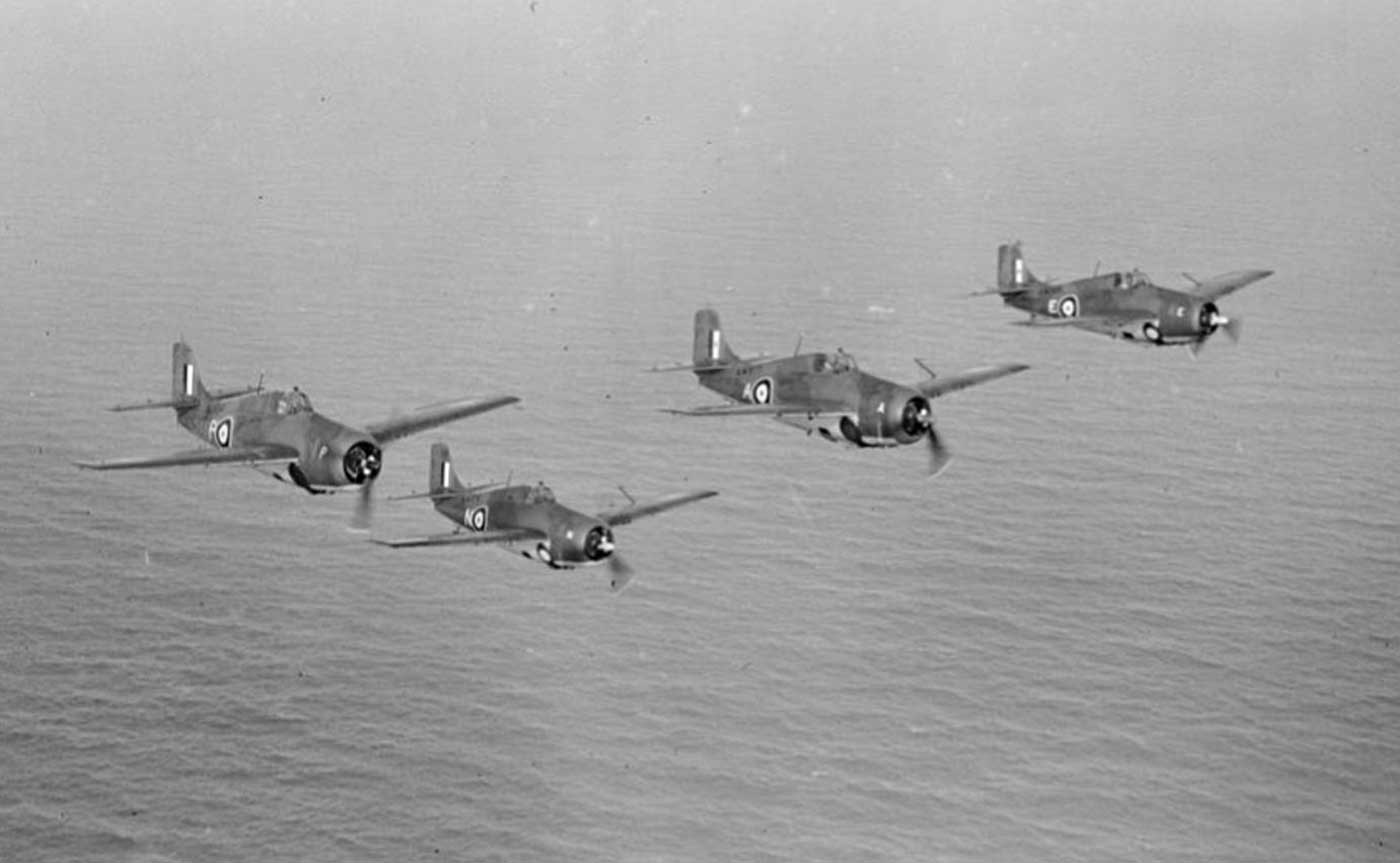
The F4F was well-suited to the Royal Navy’s small escort carriers and first operated from HMS Audacity, the captured German merchant Hannover that was fitted with a flight deck. Due to the carrier’s rapid conversion, there was no hangar deck and all the warship’s six aircraft were stored on the flight deck. HMS Audacity provided escort to four Atlantic convoys before being sunk by U-751 on December 21, 1941. During the brief convoy duties from the carrier, a Martlet Mk II shot down a German Focke-Wulf Fw 200 Condor bomber.
The British government continued to employ the Martlet, ordering additional Mk III fighters and later improved versions with the Pratt & Whitney R-1830 Twin Wasp Engine and folding wings. Passage of the Lend-Lease Act further allowed the UK to receive additional aircraft, and in January 1944, the U.S. Navy designation “Wildcat” was adopted, and applied retroactively.
The Martlet/Wildcat made a major contribution in the Battle of the Atlantic — where the aircraft continued to be employed by nearly a dozen squadrons aboard escort carriers until September 1944. However, as more advanced fighters entered service, the Wildcat was largely out of service with the FAA by the time the war came to an end.
Grumman Wildcat in the Pacific
When the U.S. entered the war after the Japanese attack on Pearl Harbor, it likely seemed that the Grumman F4F Wildcat would have little success. Instead, it went on to be one of the most effective and successful carrier-based fighters of the conflict. In the early stages of the conflict, the aircraft was aboard the U.S. carriers USS Enterprise (CV-6), USS Hornet (CV-12), and USS Saratoga (CV-3).
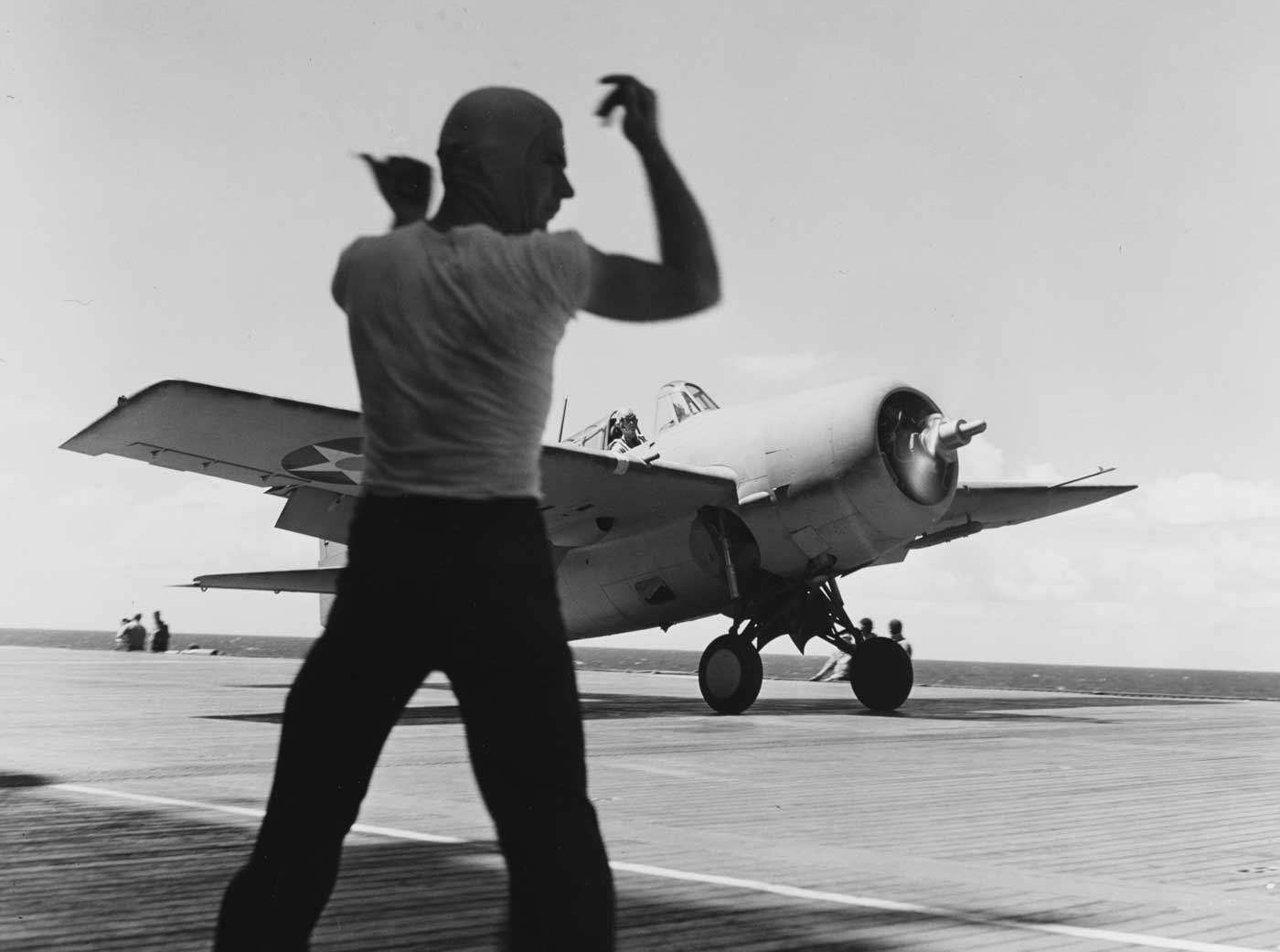
The Wildcat had already bloodied its claws in Europe when the Imperial Japanese Navy (IJN) launched its sneak attack on Pearl Harbor. During that attack, nine of the aircraft of U.S. Marine Fighter Attack Squadron 211 (VMF-211) were destroyed on the ground. Seven more were lost at Wake Island the next day. Yet, on December 9, 1941, Marine Corps aviators flying the F4F shot down a Japanese bomber.
Wildcat dogfights at Wake Island, the Battle of Coral Sea and notably at the Battle of Midway, went on to become the stuff of legend. Quickly, U.S. pilots learned a crucial rule in the early stages of the war — namely not to dogfight with the Mitsubishi A6M Zero if it could be avoided. Instead, pilots sought to smash through the screen of A6Ms and attack the enemy’s bombers. “Lone wolves” typically didn’t fare well, with some notable exceptions (see below), and pilots often counted on their wingman to shoot the enemy off his tail.
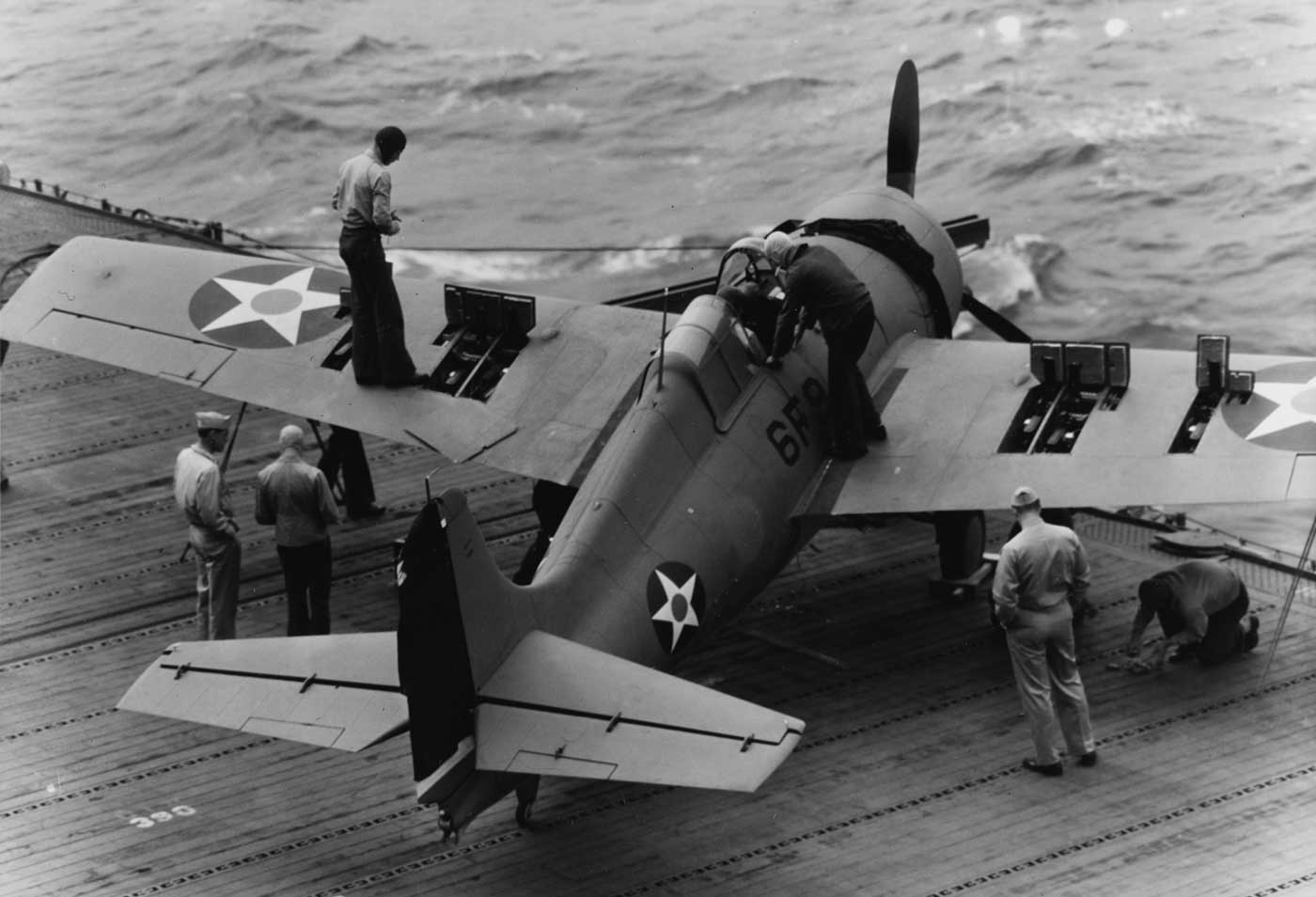
As the Smithsonian’s National Air & Space Museum explained on its website, “Wildcat pilots encountered Japanese pilots flying the Mitsubishi A6M Zero more than any other enemy aircraft. The Zero could outmaneuver the F4F, but the Wildcat’s heavy armament and solid construction gave it an advantage when flown by skilled pilots.”
Medal of Honor Winners Who Flew the Wildcat
Though not the best U.S. fighter of the war, multiple pilots not only made do — they went above and beyond, dealing with the aircraft’s cramped cockpit and at times poor visibility.
While defending Wake Island, on December 11, 1941, Captain Henry McElrod, flying a Wildcat, scored a direct hit on the IJN destroyer Kisaragi, causing depth charges on board the warship to explode and sink with of all 157 crewmembers. She was just the second IJN major warship to be sunk in the war. McElrod, who was killed later that month during the fighting on the ground, was posthumously awarded the Medal of Honor, the first aviator to receive the award during World War II.
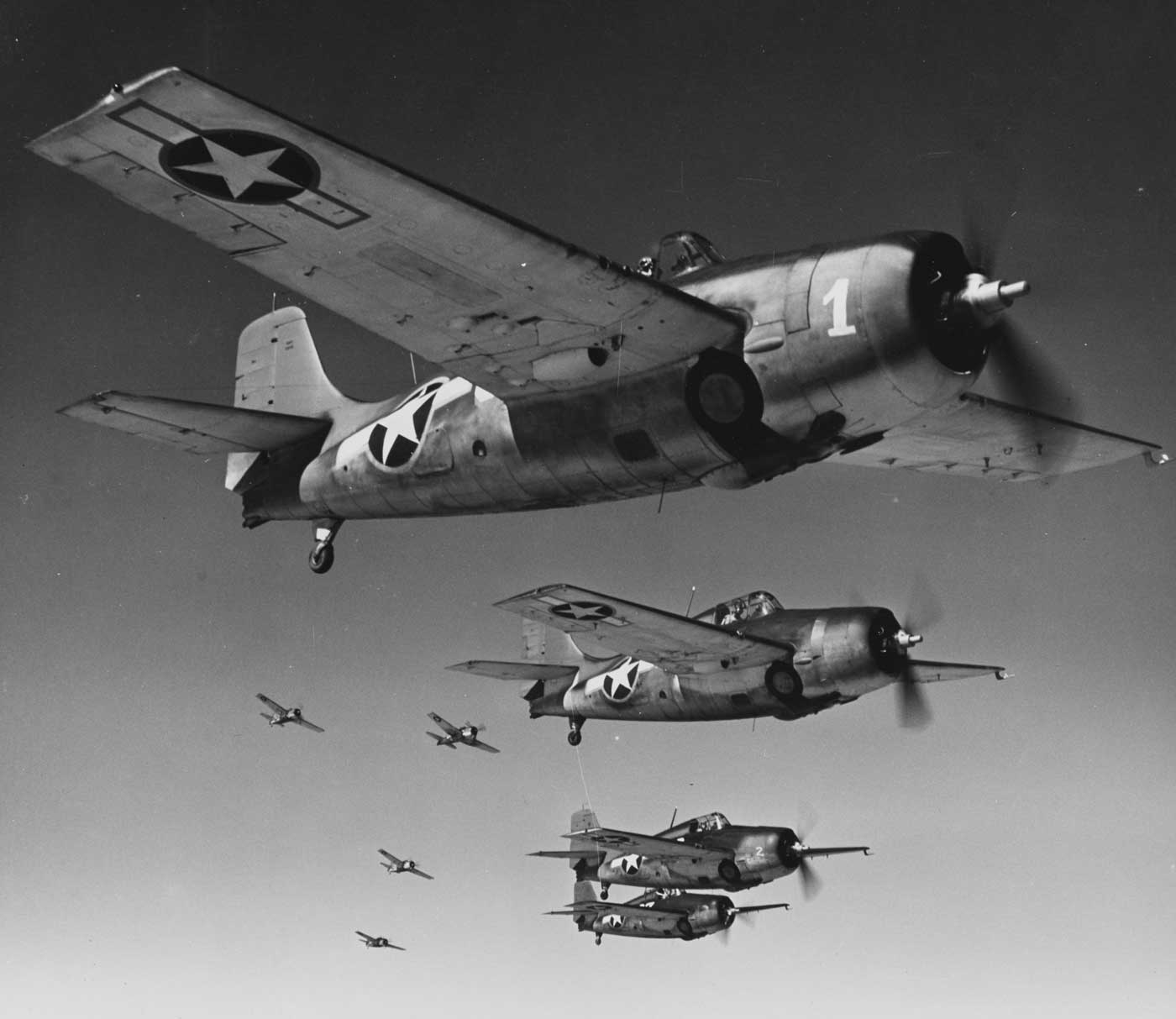
Just over two months later, Lieutenant Edward “Butch” O’Hare (for whom Chicago’s O’Hare International Airport is now named) of Fighting Squadron 3 (VF-3), operating from USS Lexington (CV-2), shot down five Mitsubishi G4M bombers in five minutes near Rabaul, Papua New Guinea, on February 20, 1942. He became the U.S. Navy’s first ace of the Second World War and also earned the Medal of Honor.
It has been suggested that the “finest hour” for the Wildcat was during the campaign on Guadalcanal, where the U.S. mounted its first major offensive. Major John L. Smith of VMF-223 “Rainbow Squadron” took off from the escort carrier USS Long Island (CVE-1) in late August 1942 and landed at the recently captured Henderson Field — described at the time as “a bowl of black dust or a quagmire of mud.”
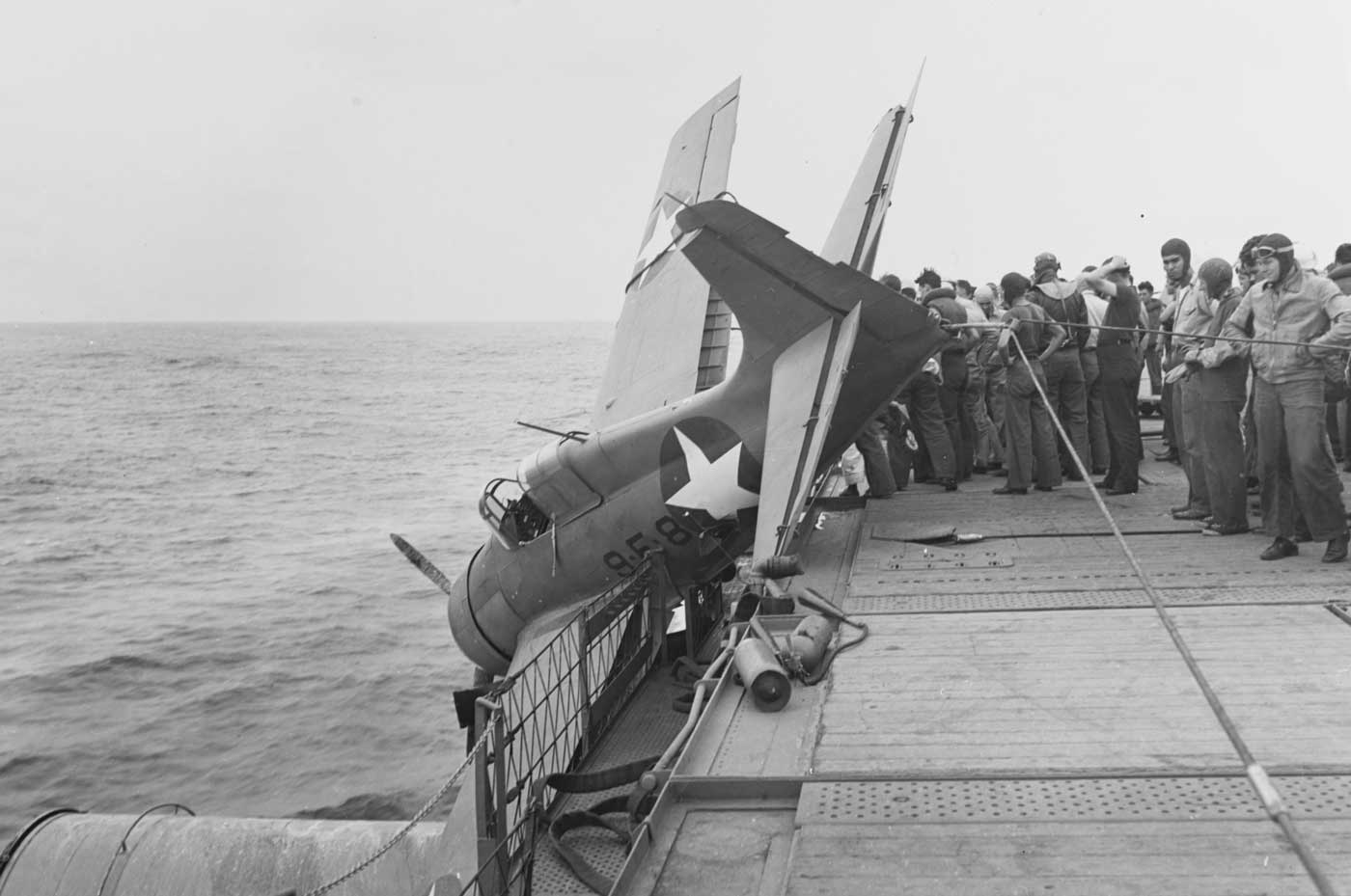
From the base, on August 24, 1942, Marine aviators from VMF-223 — accompanied by five U.S. Army Air Force Bell P-39 Airacobras — intercepted and engaged 27 Japanese aircraft, with 10 bombers and six fighters shot down. Smith became the third Wildcat pilot to rate the Medal of Honor, while Captain Marion Carl, who went on to become the first U.S. Marine ace of the war, scored three of the kills. In total, Smith was credited with downing 19 Japanese aircraft and Carl with 18 and a half.
FM-1 and FM-2: General Motors Wildcats
An interesting fact is that while Grumman developed the aircraft, of the 7,885 that were produced, most were manufactured by General Motor’s Eastern Aircraft division. That was due to the urgent need for Grumman to concentrate on the development and production of the more advanced F6F Hellcat.
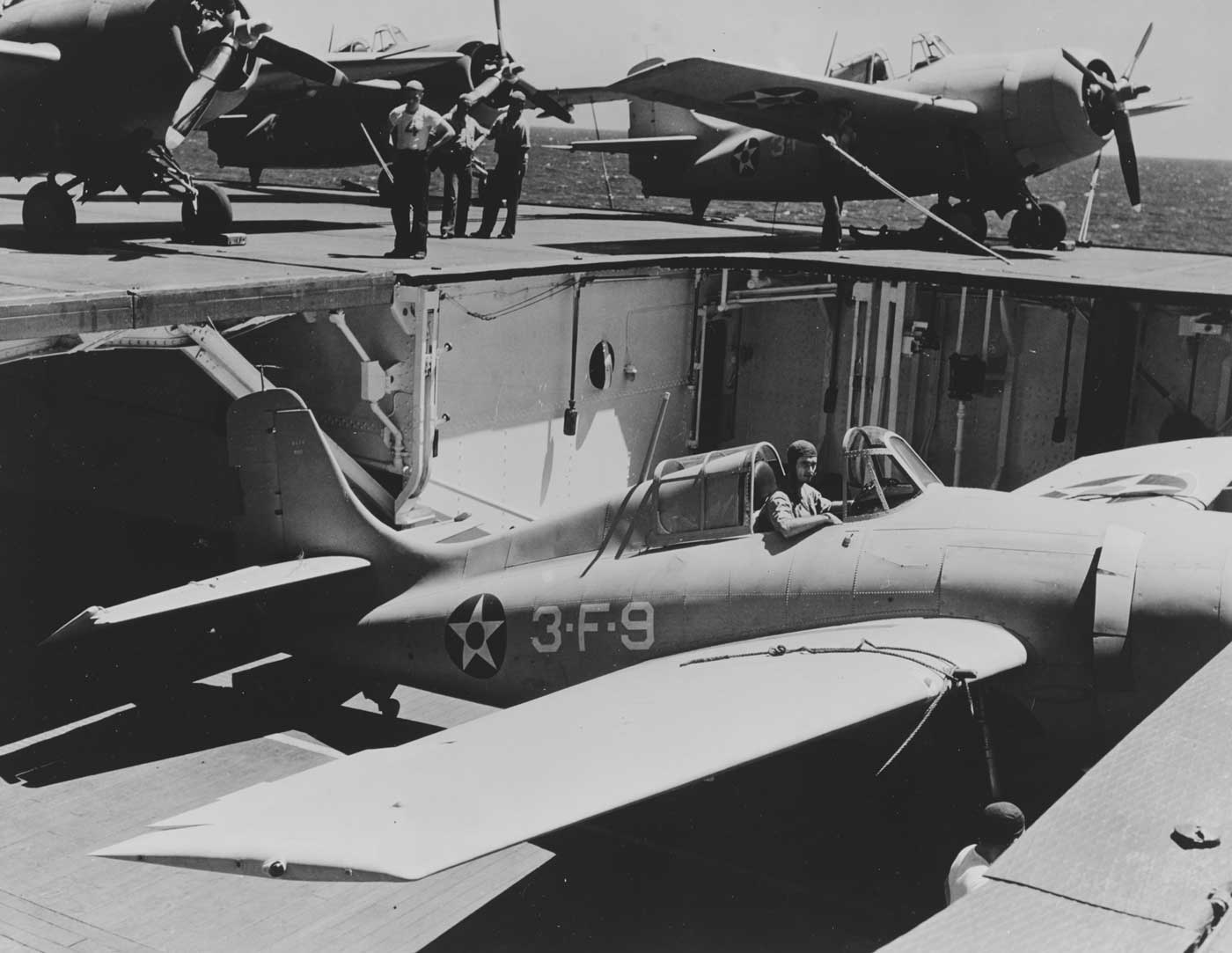
However, General Motors didn’t just build the fighter. It took on the development of the improved FM-2, a production version of the XF4F-8 prototype, which was powered by a 1,350-hp R-1820-56 Cyclone 9 radial engine, and featured a larger vertical tail. With 4,777 FM-2s produced, it became the most numerous variant of the Wildcat. The last Wildcat rolled off the assembly line at Eastern Aircraft in August 1945.
At the Center of Major Operations
By the end of World War II, better and more capable U.S. aircraft entered service, but the Wildcat had already seen conspicuous success at Coral Sea, Midway, and notably Guadalcanal. It remained at the center of all significant actions in the Pacific Theater until it was superseded by those more advanced fighters in 1943, while it also saw action with the U.S. Navy in North Africa in late 1942 during Operation Torch.
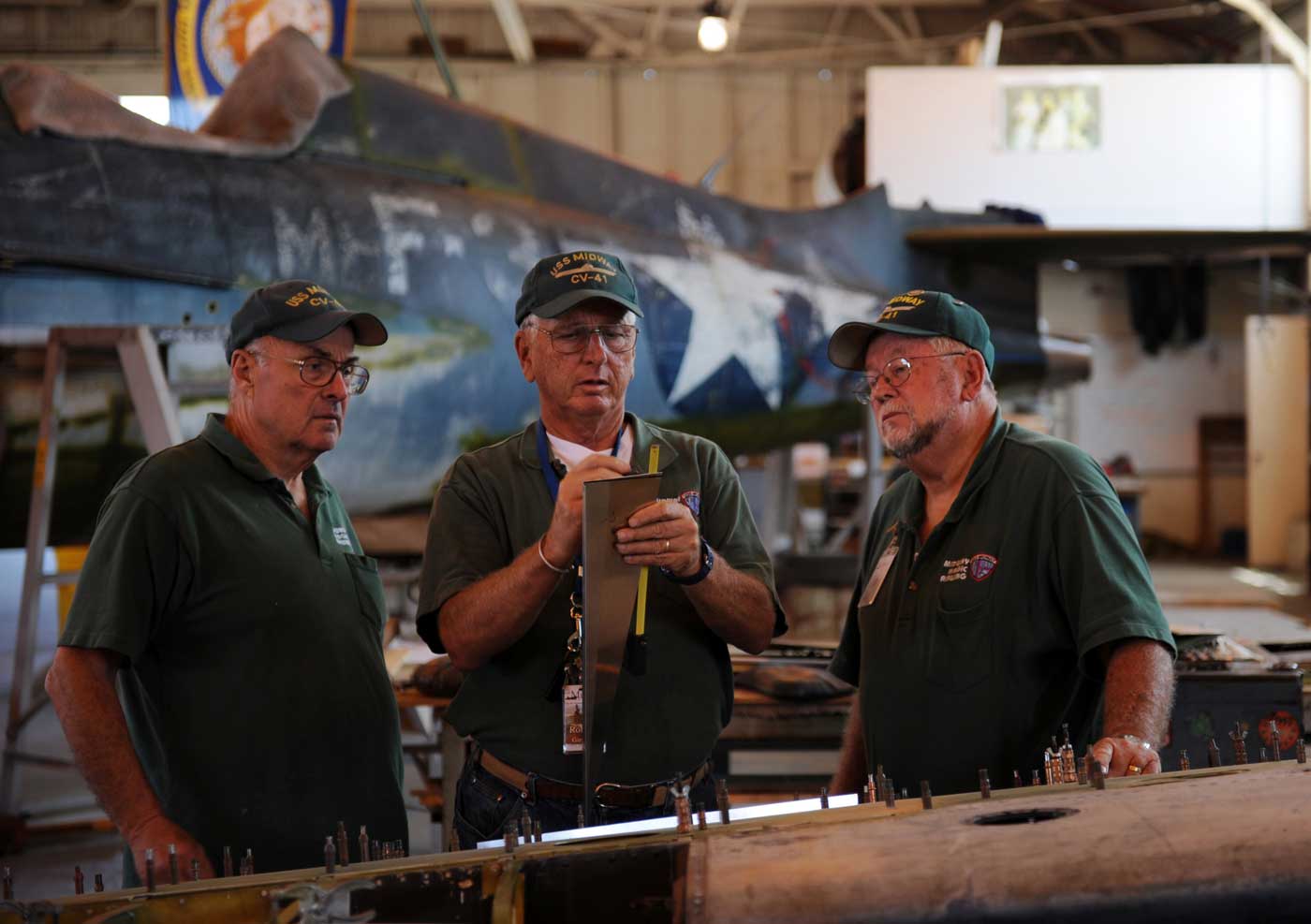
It further was employed with the Royal Navy’s FAA in the Indian Ocean. It would be wrong to call it the right aircraft at the right time, and rather it was the aircraft that U.S. aviators had in the darkest of days. Perhaps it is a reminder of how McElrod, O’Hare, Smith, and Carl were truly part of the “Greatest Generation.” With the right pilot at the controls, the Wildcat was a fearsome beast in the sky!
Editor’s Note: Please be sure to check out The Armory Life Forum, where you can comment about our daily articles, as well as just talk guns and gear. Click the “Go To Forum Thread” link below to jump in and discuss this article and much more!
Read the full article here

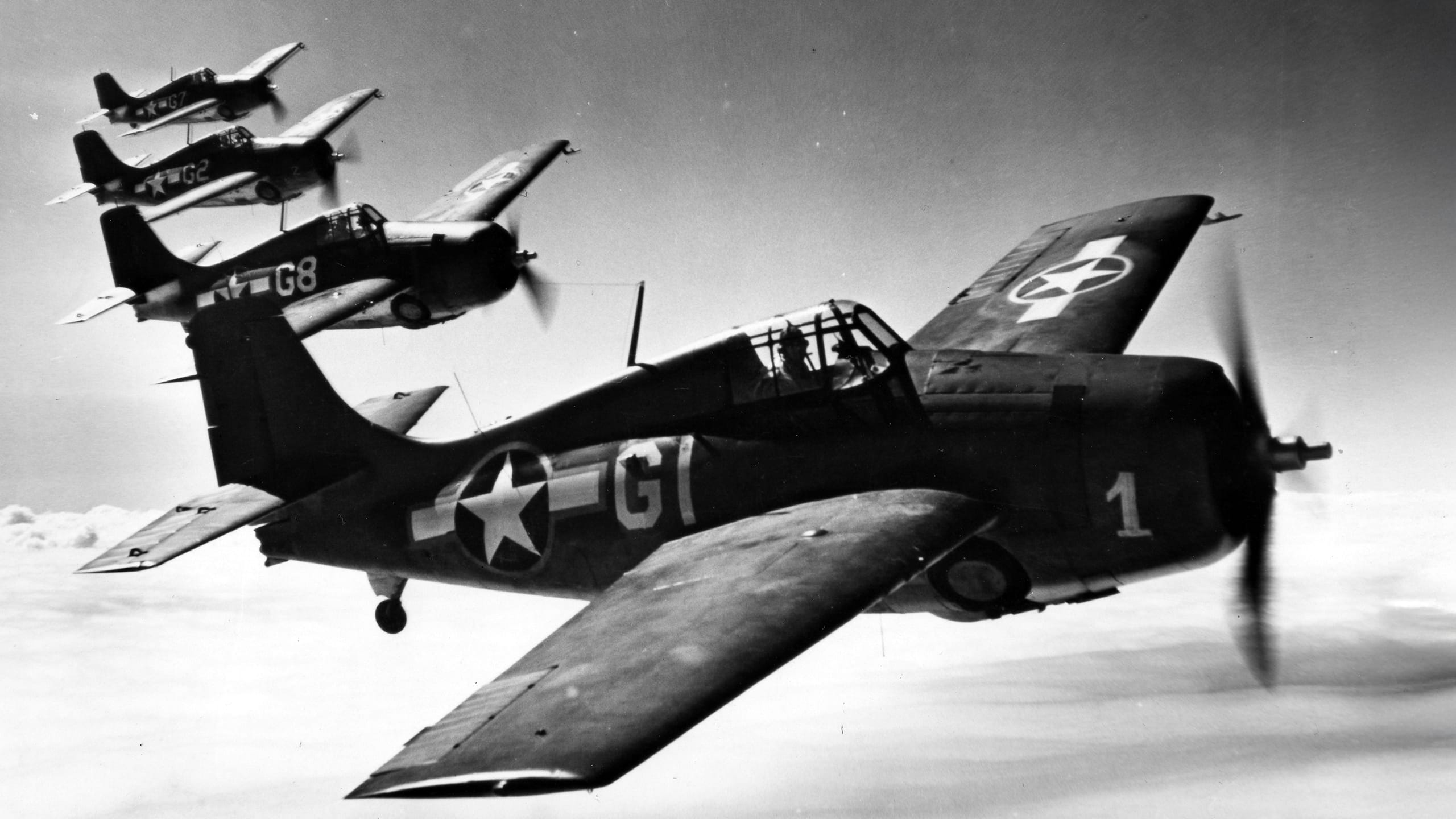
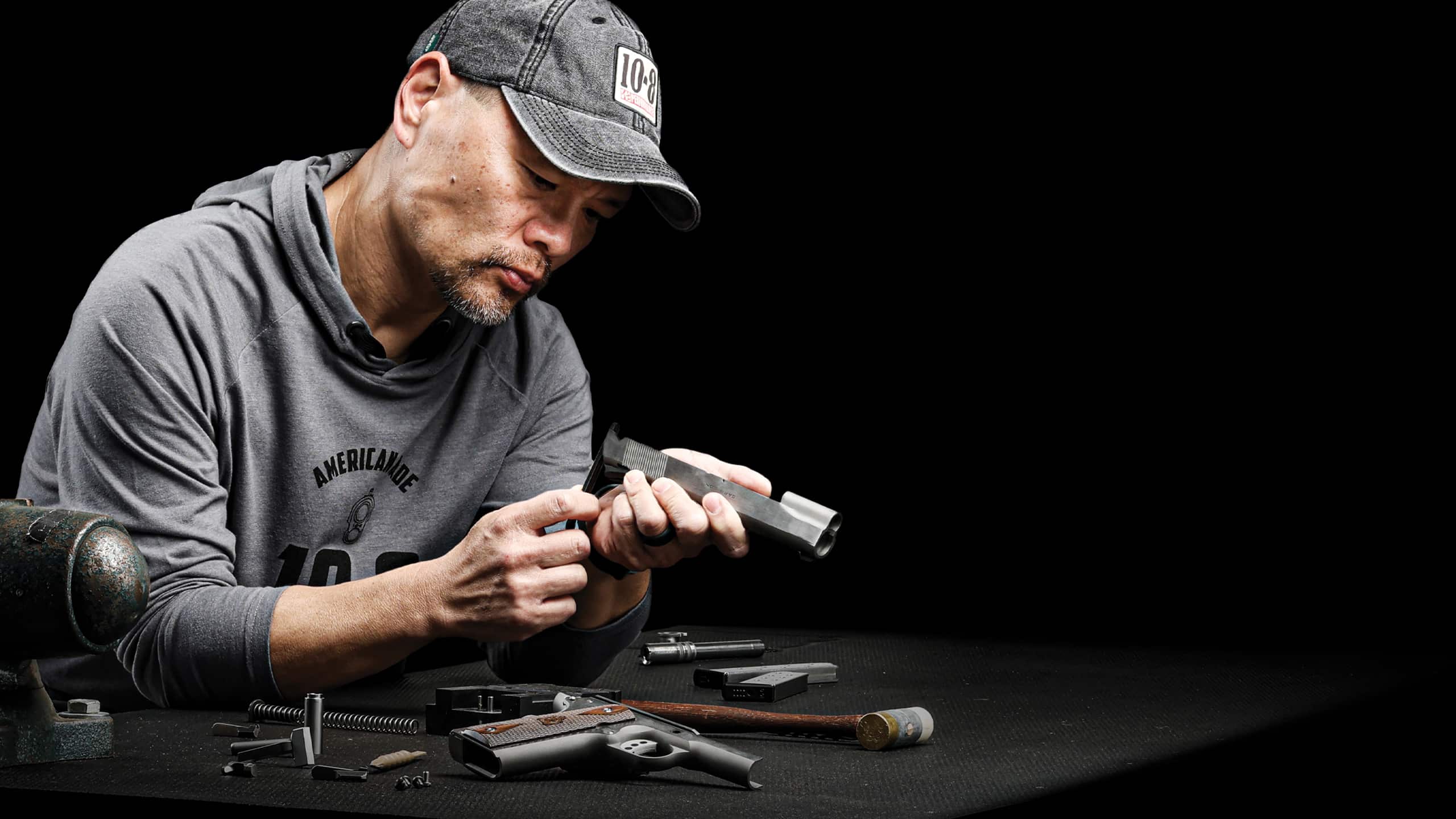

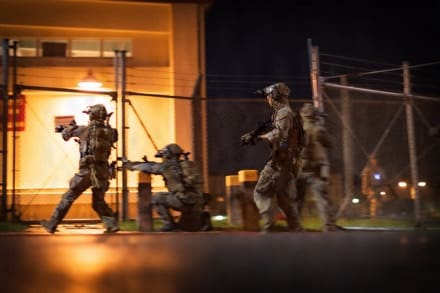

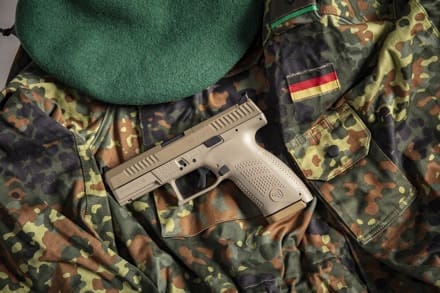

Leave a Reply